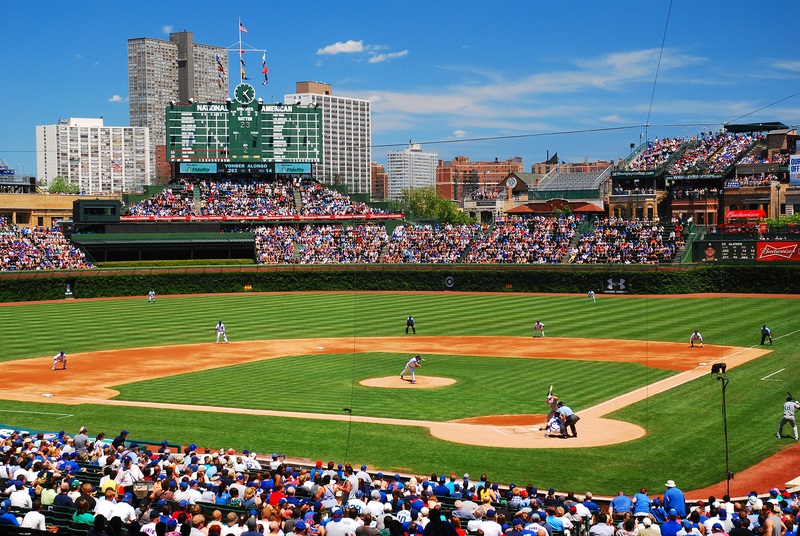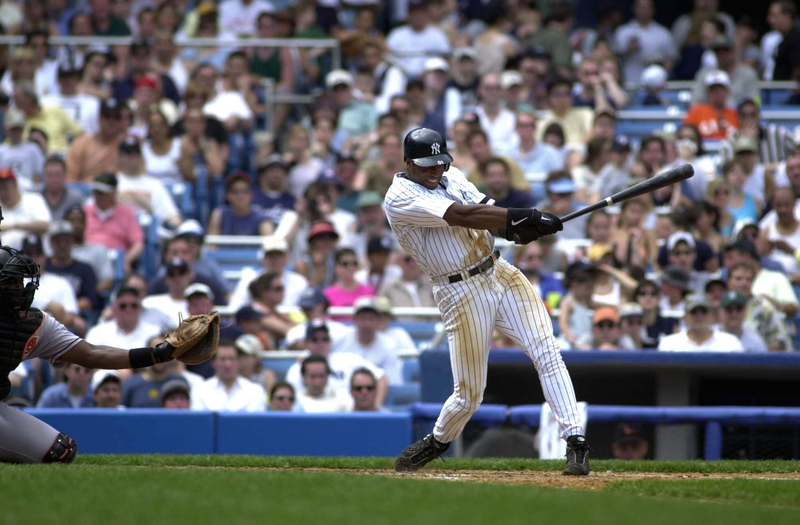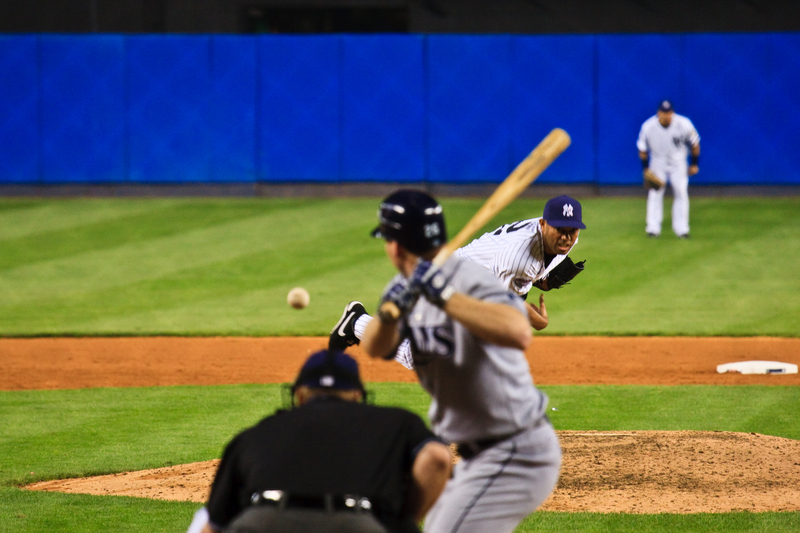Last updated on October 27th, 2023 at 07:42 am
Question and Answer
- What is an Opener in Baseball?
- How Many Stitches are on a Baseball?
- Can Umpires Be Ejected?
- What is the Designated Hitter Rule in Baseball?
- Why Does the MLB Use Wooden Bats?
- What is a Balk?
- What is Baseball Arbitration?
- What is Designated for Assignment in Baseball?
- MLB Trade Deadline
- What is a Walk-Off Home Run?
- What is the Rule 5 Draft in Baseball?
- What is the Infield Fly Rule?
- Wha tis the Golden Sombrero in Baseball?
- What Does an Ace Mean in Baseball?
- What is a Hold in Baseball?
- What Does a Baseball Bench Coach Do?
- Baseball Squeeze Play
- Eephus Pitch
- Baseball Mendoza Line
- TOOTBLAN Baseball
- Knuckleball Pitch
- Screwball Pitch
- What is a Hit and Run in Baseball?
- Baseball Putout
- What is a No Hitter in Baseball?
- Immaculate Inning
- Palmball Pitch
- Cutter Pitch
- Slurve Pitch
- What is Caught Stealing in Baseball?
- What Does a General Manager Do in Baseball?
- What Does a Manager Do in Baseball?
- What is a Baseball Scout?
- QAB in Baseball
- MVR in Baseball
- Blown Save
- What Does Batting Average Mean?
- What is a Triple Play?
- What is the Strike Zone in Baseball?
- Triple Crown
- Rosin Bag in Baseball
- What is ERA in Baseball?
- What is a Perfect Game?
- Hitting for the Cycle
- What is a Pinch Hitter?
- What is RISP in Baseball?
- Defensive Indifference
- What is a Grand Slam in Baseball?
- Baseball Doubleheader
- What is a Rain Delay in Baseball?
- What is Spring Training?
- How Does Scoring Work in Baseball?
- How Many Innings are in Baseball?
- What Does the K Mean in Baseball?
- What is an Error in Baseball?
- What is a Bullpen Game?
- What Does BB Mean?
- What is a Pinch Runner?
- What is a Fielders Choice?
- What is the Difference Between Baseball and Softball
- Can You Tie in Baseball?
- Wha tis a Pickle Play?
- What Does LOB Mean in Baseball?
- What is Sign Stealing
- What is a Utility Player in Baseball?
- What is a Switch Hitter in Baseball?
- What is the 7th Inning Stretch in Baseball?
- What is an Intentional Walk?
- What is the Dropped Third Strike Rule?
- What is a Foul Ball?
- What is the Bullpen in Baseball?
- What is a 4-6-3 Double Play?
- What is Slugging Percentage?
- How Long is a Minor League Baseball Game?
- What Does BP Mean in Baseball?
- What is the On-Deck Circle?
- How Many Innings in College Baseball?
- How Long is a Baseball Game?
- What is a Slump in Baseball?
Advanced Baseball Questions
- What is WAR in Baseball?
- What Does OPS Mean in Baseball?
- What is an RBI in Baseball?
- What is a Quality Start in Baseball?
- What Does Tipping Pitches Mean in Baseball?
- What is FIP in Baseball?
- What Does BABIP Mean in Baseball?
- What is WHIP in Baseball?
- MLB Trade Deadline
- What is wRC+ in Baseball?
- What is wOBA in Baseball?
Thoughts and Opinions
- Why MLB Games Should Get Rid of Extra Innings
- Why Tropicana Field is Not a Dump
- The Best Baseball Video Game
- Tampa Bay Rays Relocation Debate
- Why is the Tampa Bay Rays Attendance so Low?
- Why is Tropicana Field Tilted?
- Should the Tampa Bay Rays Relocate to Montreal?
- How Does the Wild Card Work in Baseball?
- Indoor Baseball Stadiums
- Oldest Baseball Stadiums
- Shortest MLB Players
- Why Does Chase Field Have a Pool?
- MLB Magic Number
- World Series in Baseball
- The Case for MLB Protective Netting
- What is the Umpire’s Role in a Game?
- Why Do Baseball Players Chew Gum?
- Yankee Stadium Jim Beam Suite
- How to Break in a Baseball Glove
- How to Become an MLB Umpire
- Bleacher Creature Roll Call at Yankee Stadium
- AA vs AAA Baseball
- Judge’s Chambers at Yankee Stadium
- How Much Do Minor League Baseball Players Make?
- Best Baseball Fights and Brawls
- Baseball Stealing Signs
- What is the Home Run Apple?
- Can of Corn Baseball
- Baseball Sliding Mitt
- Baseball Batters Eye
Greg Kristan, owner of The Stadium Reviews, LLC and TM Blast, LLC, brings his extensive experience visiting over half of the MLB ballparks, along with numerous MLS, NHL, NBA, and NFL venues, to provide in-depth coverage on the bag policy, food options, and parking. He has also been interviewed about his experiences on several sports podcasts.




